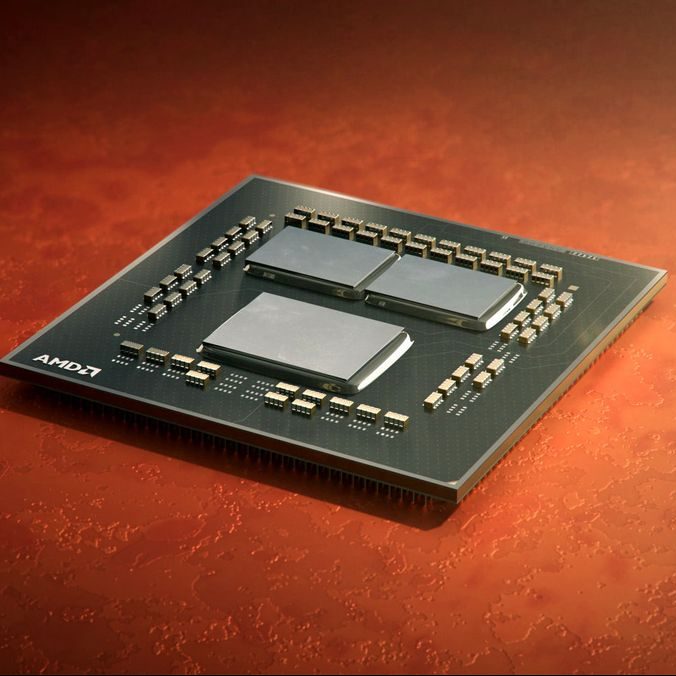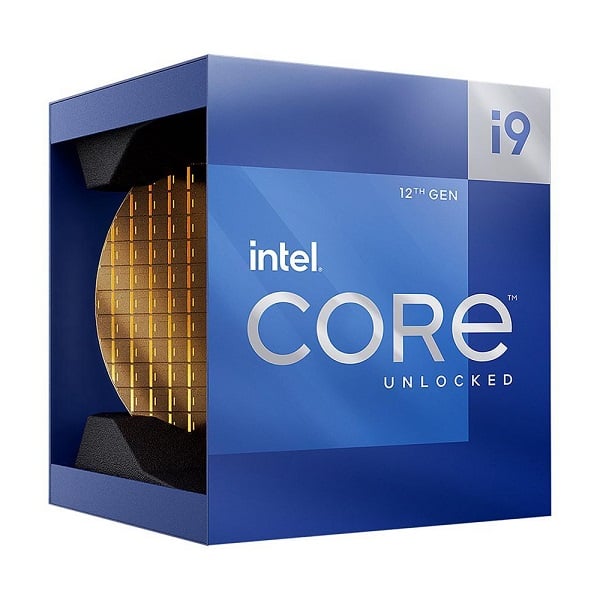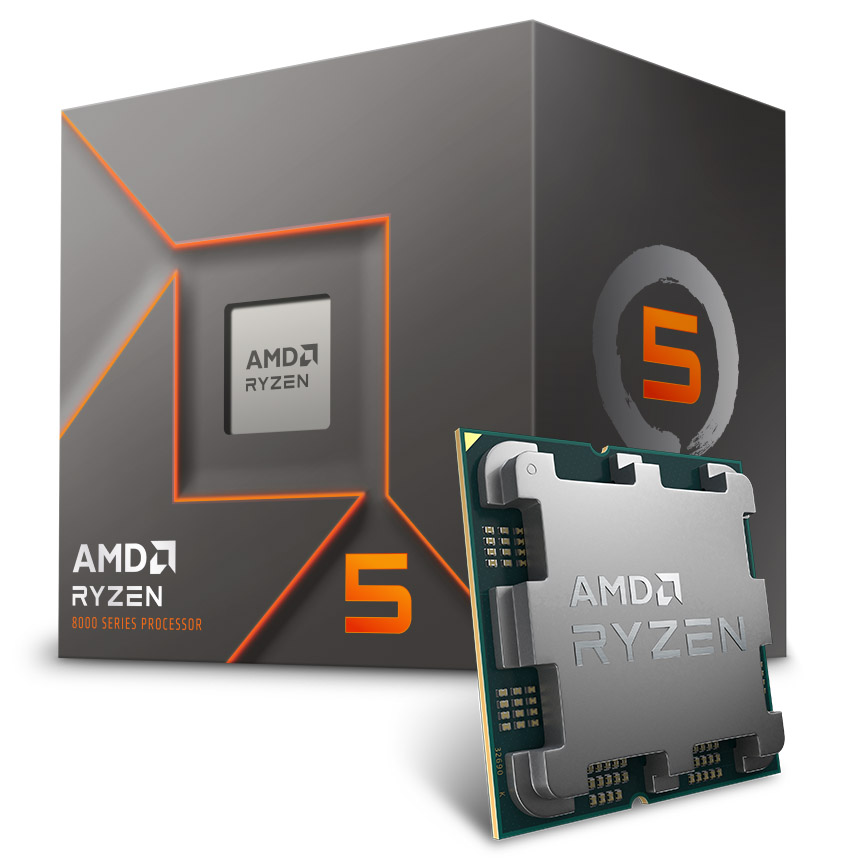In the ever-evolving world of computer hardware, choosing the right components is crucial for optimizing both performance and value. One of the key considerations for many users, especially those looking to build or upgrade a computer, is whether to opt for a CPU with integrated graphics. While dedicated graphics cards have long been the gold standard for gaming and graphic-intensive tasks, CPUs with integrated graphics have made substantial advancements in recent years, making them a viable option for many users. This article will explore the benefits of choosing a CPU with integrated graphics and why it might be the right choice for your needs.
Cost-Effectiveness
Financial Savings on Hardware
One of the primary advantages of a CPU with integrated graphics is the cost savings associated with not needing a dedicated graphics card. For budget-conscious users, especially students or casual gamers who may not require top-tier performance, integrated graphics can deliver adequate performance for everyday tasks, such as web browsing, streaming videos, and using office applications. This financial benefit allows users to allocate their budgets toward other essential components, like faster storage or additional RAM, improving overall system performance without breaking the bank.
Reduced System Costs
In addition to saving money on discrete graphics cards, opting for a CPU with integrated graphics can also lead to reduced system costs associated with power supply requirements and cooling solutions. Integrated graphics generally consume less power than high-end graphics cards, which can allow for the use of a more economical power supply unit (PSU) and quieter, less expensive cooling solutions. This can further minimize costs while promoting a greener, energy-efficient build.

Space and Build Considerations
Compact Form Factors
For users looking to build compact systems—such as mini PCs or home theater systems—CPUs with integrated graphics are a natural fit. Without the need for a dedicated GPU, you can design smaller builds that occupy less space, making them ideal for environments where space is limited. Integrated graphics also eliminate the need for additional PCIe slots, leaving your motherboard free for other potential expansions, such as additional storage drives or networking cards.
Simplified System Assembly
Additionally, building a system with integrated graphics is often simpler and more straightforward. You don’t have to worry about physically installing a separate graphics card, which can sometimes be challenging for beginners or those unfamiliar with PC building. With fewer components to manage, assembly becomes a more manageable process. Users can focus on ensuring all other parts work seamlessly together without the added complexity of integrating a dedicated GPU into the mix.
Adequate Performance for Everyday Tasks
Daily Computing Needs
For most casual users, integrated graphics can handle everyday computing tasks efficiently. Activities like web browsing, streaming HD content, online office applications, and even light photo and video editing can be executed smoothly. Recent advancements in integrated graphics solutions, particularly with technologies like AMD’s Ryzen APUs and Intel’s Iris Xe, have demonstrated that integrated graphics can support respectable frame rates in mainstream applications and games, making them perfectly adequate for the average user.
Compatibility with Casual Gaming
Integrated graphics are also suitable for casual gaming experiences. Many popular titles, such as “League of Legends,” “Fortnite,” and even some older AAA games can run smoothly at lower settings. While you may not achieve high FPS or ultra graphics settings, these systems can still provide satisfactory performance for casual gamers—especially those not seeking an ultra-immersive experience. This capability makes integrated graphics a fitting option for users who enjoy gaming but do not require cutting-edge performance.

Advanced Features and Technologies
Support for New Standards
Modern CPUs with integrated graphics come equipped with support for advanced features and technologies. For instance, many integrated graphics solutions now support DirectX 12, enabling better optimization for games and applications that utilize these APIs. Additionally, technologies like hardware video decoding and encoding can improve streaming experiences and facilitate tasks like video conferencing, providing a smoother, more efficient experience for users involved in multimedia activities.
Multitasking and Multi-Monitor Setups
CPUs with integrated graphics can also handle multiple display outputs, allowing users to set up multi-monitor configurations without the need for a dedicated GPU. This capability is particularly beneficial for professionals who work in data-heavy environments, such as finance, design, or software development. The added screen real estate can improve productivity and multitasking by allowing users to run various applications side by side.
Energy Efficiency
Reduced Power Consumption
One significant benefit of CPUs with integrated graphics is their inherent energy efficiency. These CPUs are designed to consume less power compared to high-performance gaming GPUs, which tend to draw significant energy even during idle states. In a world become increasingly aware of environmental impacts, users can feel more comfortable about their energy usage with a power-efficient CPU, translating to lower electricity bills and a smaller carbon footprint.
Longer Battery Life for Laptops
For laptop users, integrated graphics play a crucial role in extending battery life. By relying on efficient integrated solutions instead of more power-hungry dedicated graphics cards, users can enjoy longer periods of use between charges. This feature is beneficial for students or professionals who are often on the go and need a reliable system that lasts throughout the day without being tethered to a power outlet.
Future-Proofing Your Build
Evolving Integrated Graphics
As integrated graphics continue to develop, they increasingly offer capabilities that approach, if not exceed, previous generations of dedicated GPUs. Integrated graphics now feature faster clock speeds, improved memory bandwidth, and better architecture, making them a more compelling choice for future computing needs. By investing in a CPU with cutting-edge integrated graphics, you can find yourself well-prepared to handle upcoming applications and gaming experiences as they evolve.
Less Need for Immediate Upgrades
With advancements in technology, many users may find they do not need to upgrade to a dedicated graphics card for years. If you are primarily focused on daily tasks or casual gaming, a CPU with integrated graphics will satisfy your current needs while providing a buffer for future demands. This long-term perspective leads to more economical decisions and less frequent upgrades, ultimately saving money over time.

Embracing Versatility
Compatible with Various Uses
One of the most appealing aspects of CPUs with integrated graphics is their versatility across different use cases. Whether you’re a student needing a reliable machine for coursework, a professional relying on video conferencing software for remote work, or a casual gamer looking to unwind with lighter titles, a CPU with integrated graphics can accommodate a variety of needs. This diverse applicability allows users to maximize the utility of their systems without needing additional hardware.
Ideal for Hybrid Environments
In our increasingly hybrid lifestyles, where remote work and online learning have become common, having a system with integrated graphics proves especially beneficial. These CPUs handle video calls, presentations, and online collaboration tools smoothly, ensuring you can engage effectively in virtual environments. This adaptability makes them an excellent choice for anyone transitioning between work, study, or leisure modes. By prioritizing a CPU with integrated graphics, you create a highly functional system that seamlessly adapts to your diverse daily activities, allowing you to focus more on productivity and creativity.
Making the Right Choice
Choosing a CPU with integrated graphics can provide significant benefits, especially for everyday users, students, and those who prefer budget-friendly builds. With cost savings, adequate performance for daily tasks, and the flexibility to create compact systems, integrated graphics have emerged as a strong contender in the hardware market.
Moreover, the increasing power and efficiency of integrated graphics make them suitable for a broader range of applications, including light gaming and multimedia activities. As technology continues to evolve, keeping integrated graphics on your list of considerations becomes more prudent.
Ultimately, the choice of CPU should align with your specific computing needs. By evaluating your requirements and understanding the advantages of integrated graphics, you can make an informed decision that enhances your overall computing experience. Whether you’re a casual user, a student, or someone who occasionally engages in light gaming, integrated graphics can serve you well in your academic and personal pursuits.
